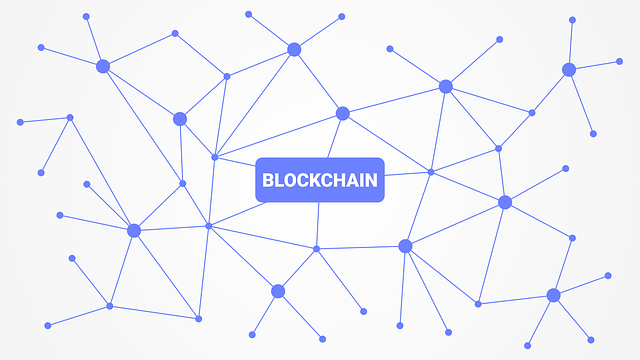
In the contemporary technological era, blockchain and JavaScript are two buzzwords that often show up in conversations about the future of the digital world. Blockchain, the decentralized ledger system that powers cryptocurrencies like Bitcoin and Ethereum, is reshaping our perception of finance. On the other hand, JavaScript, the lingua franca of the web, continues to dominate the web development space. This article explores the intersection of these two pivotal technologies – JavaScript and Blockchain.
What is Blockchain?
Blockchain is a decentralized, distributed ledger that records the origin of digital assets. This technology is the backbone of digital currencies like Bitcoin, Ethereum, and many more. The key characteristic of a blockchain is its immutable nature – once a block has been added to the chain, it’s nearly impossible to alter. This trait makes it an ideal technology for creating trust and transparency in transactions.
The Dominance of JavaScript
JavaScript, initially developed as a scripting language for the web, has evolved into a versatile, universal programming language. Its rise to the top has been facilitated by the introduction of technologies like Node.js that expanded its capabilities beyond the browser to server-side development. Today, JavaScript is used in almost all areas of application development, from web and mobile apps to desktop software.
Bridging the Gap Between JavaScript and Blockchain
As blockchain technology becomes increasingly prevalent, there’s a growing demand for developers who can build decentralized applications (dApps). Since JavaScript is already so widely used, it’s only natural for it to be one of the primary languages in this growing field. A range of libraries, frameworks, and tools have emerged that enable JavaScript developers to delve into blockchain development.
Ethereum and Solidity
One of the most popular blockchain platforms, Ethereum, introduced a new language, Solidity, specifically designed for smart contracts. However, it also offers a JavaScript API, web3.js, that enables developers to interact with the Ethereum blockchain. Through web3.js, JavaScript developers can create, deploy, and interact with smart contracts on the Ethereum network, all in a language they’re familiar with.
Libraries and Tools for JavaScript Blockchain Development
There are a number of other libraries and tools that JavaScript developers can use for blockchain development:
- Truffle Suite: This development environment, testing framework, and asset pipeline for Ethereum makes it easier to develop smart contracts with Solidity, and its Truffle Contract library integrates with web3.js, allowing developers to write tests for their contracts in JavaScript.
- Ethers.js: A lightweight alternative to web3.js, it allows developers to interact with the Ethereum network in a more streamlined manner.
- Lisk: A blockchain application platform that uses JavaScript as its scripting language. Developers familiar with JavaScript can build their own blockchains, develop blockchain applications, or contribute to the core software.
The Future of JavaScript in Blockchain Development
While the blockchain ecosystem is still relatively young, JavaScript’s flexibility and wide adoption make it a viable option for the future of blockchain development. As blockchain technology continues to mature, we can expect to see further integration of JavaScript, expanding the possibilities of what can be achieved with decentralized applications.
In conclusion, JavaScript’s ubiquity in the digital world and blockchain’s promise of decentralization make them a potent combination. The intersection of JavaScript and blockchain provides exciting opportunities for developers, enabling them to build decentralized applications using tools and technologies they are already familiar with. The future is now, and for developers interested in being at the forefront of the next digital revolution, understanding the symbiosis of JavaScript and blockchain is crucial.
